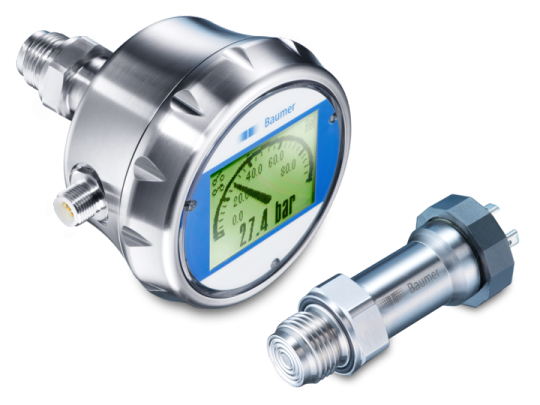Don't wanna be here? Send us removal request.
Text
A Guide to Diverse Level Sensors for Point and Continuous Measurement
Accurate and reliable level measurement is essential for delivering efficacy, safety, and optimal performance in the dynamic world of industrial processes and automation. Because they offer solutions for both spot level detection and continuous level monitoring in a range of applications, level sensors are crucial in this field. In this article, we explore the world of sensors and look at the many types that are available, including capacitive, hydrostatic, optical, ultrasonic, potentiometric, and point sensors. Sensors of Levels

Point Level Sensors: These sensors are intended to identify a particular level within a container at a specific point. When the substance reaches a set level, these sensors offer binary feedback. Detecting high or low levels in tanks, silos, and hoppers are common uses. In point level sensing applications, accuracy and precision are essential for providing a prompt and precise response to varying levels.
Level Sensors: In general terms, include a range of designs and technology that serve various contexts and industries. These sensors keep track of the fluid or substance level in a vessel constantly and report the results in real time. They are essential for preserving steady levels, avoiding overflow or run-dry conditions, and streamlining procedures.
Capacitive Point Level Sensors: Capacitive point sensors are useful for detecting a variety of materials, such as liquids, powders, and granular particles, because they operate on the concept of capacitance. Since these sensors provide non-contact sensing, they are perfect for uses where direct contact can be hazardous or impractical.
Optical Point Level Sensors: depend on a light beam’s interruption to determine if a substance is present or absent at a given level. These sensors are useful in sectors like the food and pharmaceutical industries where sensitivity and precision are crucial.
Potentiometric Level Sensors: Potentiometric level sensors use an electrical signal to represent mechanical displacement in order to determine a substance’s level. These sensors are an affordable option for many businesses due to their affordability, dependability, and compatibility for a wide range of liquids.
Hydrostatic Level Sensors: These sensors measure the pressure at the bottom of the container to calculate the liquid level, based on the principle of hydrostatic pressure. In places like water treatment facilities and industrial tanks, where excellent accuracy and stability are essential, hydrostatic level sensors are commonly utilized.
Ultrasonic Level Sensors: Sound waves are used by ultrasonic level sensors to gauge the separation between the sensor and the surface of the substance. Because of their versatility, these sensors can be used in a wide range of industries, such as bulk material handling, chemical processing, and wastewater treatment.
Conclusion:
In conclusion, selecting the right level sensor is essential to ensuring that industrial processes operate smoothly. Capacitive, optical, potentiometric, hydrostatic, and ultrasonic sensors are just a few of the many types of sensors that are available. These sensors can be used for point level detection or continuous level measurement, among other uses. As industries evolve, the integration of these sensors will be critical to optimizing efficiency, ensuring security, and improving the efficacy of several activities.
1 note
·
View note